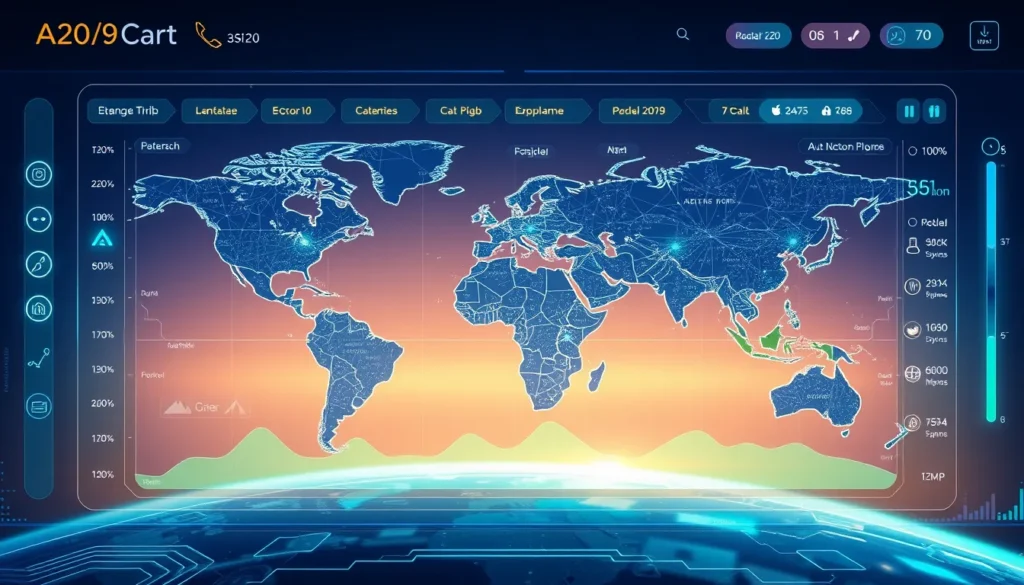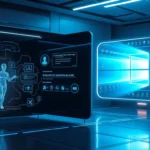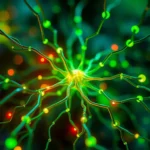Now Reading: Transforming Healthcare with AI Diagnostics
-
01
Transforming Healthcare with AI Diagnostics
Transforming Healthcare with AI Diagnostics

Transforming Healthcare with AI Diagnostics
Artificial intelligence (AI) is drastically changing the way healthcare professionals diagnose and treat patients. As technology advances, the integration of AI in healthcare diagnostics has paved the way for more accurate, efficient, and timely medical interventions.
The Role of AI in Modern Healthcare
AI in healthcare diagnostics leverages advanced algorithms and data analytics to provide insights that were previously unimaginable. The ability to analyze vast amounts of data in real time allows for:
- Enhanced diagnostic accuracy
- Faster patient assessment
- Improved disease prediction
- Custom-tailored treatment plans
By using AI-driven tools, medical professionals can reduce human errors and offer a higher quality of care. These technological advancements help confirm diagnoses and even predict potential health issues before they become critical.
Key Benefits of AI in Healthcare Diagnostics
1. Improved Diagnostic Accuracy
Incorporating AI in healthcare diagnostics means that data-driven conclusions can be reached faster and with greater precision. Algorithms are trained to detect patterns and anomalies in medical images and patient records, which not only speeds up diagnosis but also reduces errors. Studies have shown that AI systems can have accuracy rates that rival or even surpass those of human professionals when it comes to specific diagnostic tasks.
2. Faster Turnaround Times
AI in healthcare diagnostics helps reduce the time required to process complex diagnostic tests. For instance, in radiology, AI algorithms can quickly analyze medical images such as X-rays and MRIs, pinpointing abnormalities almost instantly. This not only accelerates diagnosis but also contributes to beginning treatment promptly, which is especially crucial in emergency scenarios.
3. Enhanced Disease Prediction
Predictive analytics powered by AI can forecast disease outbreaks and potential complications. By analyzing patterns across large datasets, AI systems offer reliable predictions, helping healthcare providers to manage resources better and prepare in advance for spikes in patient numbers or emerging health trends.
Challenges and Considerations
Despite its many advantages, the integration of AI in healthcare diagnostics is not without challenges. Some of the hurdles that need careful consideration include:
- Data Privacy and Security: Safeguarding sensitive patient information is critical. As AI systems handle large volumes of data, ensuring compliance with healthcare regulations, such as HIPAA, is a top priority.
- Implementation Costs: The advanced technology required for AI diagnostics can be expensive, presenting financial challenges for smaller healthcare institutions.
- Ethical Considerations: The use of AI in medicine must be carefully balanced with ethical concerns, including the potential for bias in algorithms and the need for human oversight.
Addressing these challenges requires a collaborative effort between technology developers, healthcare providers, and policy makers. By prioritizing transparency and ethical practices, stakeholders can work toward a future where AI in healthcare diagnostics benefits all patients.
Integrating AI in Diagnostic Workflow
Integrating AI into existing healthcare systems involves gradual changes and investments in both technology and education. Here is how organizations can effectively integrate AI-powered diagnostics:
- Training and Education: Healthcare professionals need to be trained in the use of AI tools. Workshops, seminars, and hands-on training sessions can bridge the gap between traditional methods and modern AI techniques.
- Upgrading Infrastructure: Healthcare facilities should invest in robust IT infrastructure to support the secure and efficient processing of large datasets. This modern infrastructure ensures that AI systems function optimally.
- Collaborations and Partnerships: Working closely with tech companies and academic institutions can foster innovation. For example, partnerships with leaders in AI research, such as OpenAI, help continuously refine diagnostic algorithms and improve patient outcomes.
Future Outlook for AI in Healthcare Diagnostics
The future of AI in healthcare diagnostics is bright. As research evolves and more data becomes available, the applications of AI will only expand. Some anticipated advancements include:
- More personalized medicine approaches, where treatments are tailored based on AI-driven insights from genetic data and lifestyle factors.
- Increased collaboration between human experts and AI systems, ensuring the best of both worlds in patient care.
- Broader integration of AI across various medical fields, from oncology to cardiology, leading to universally improved diagnostic processes.
Conclusion
In summary, AI in healthcare diagnostics is not just a technological trend but a transformative force in modern medicine. From improving diagnostic accuracy and speeding up analysis to predicting diseases and enhancing patient care, AI is reshaping the healthcare landscape. While challenges such as data security and high implementation costs remain, the potential benefits far outweigh the difficulties. As both technology and regulatory frameworks evolve, we can expect AI-powered diagnostics to become a mainstay in healthcare, delivering better outcomes for patients worldwide.
By embracing AI in healthcare diagnostics, the medical community stands to revolutionize patient care. This integration of data-driven insights reinforces the commitment to improved health outcomes and marks a significant step forward in the future of medicine.

























